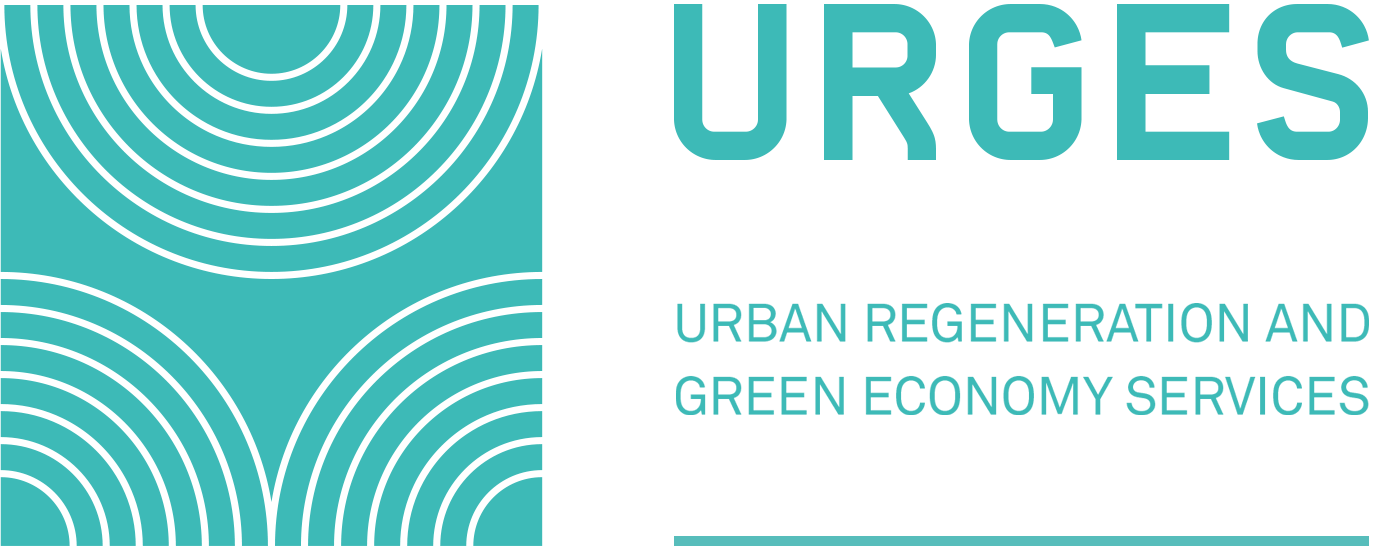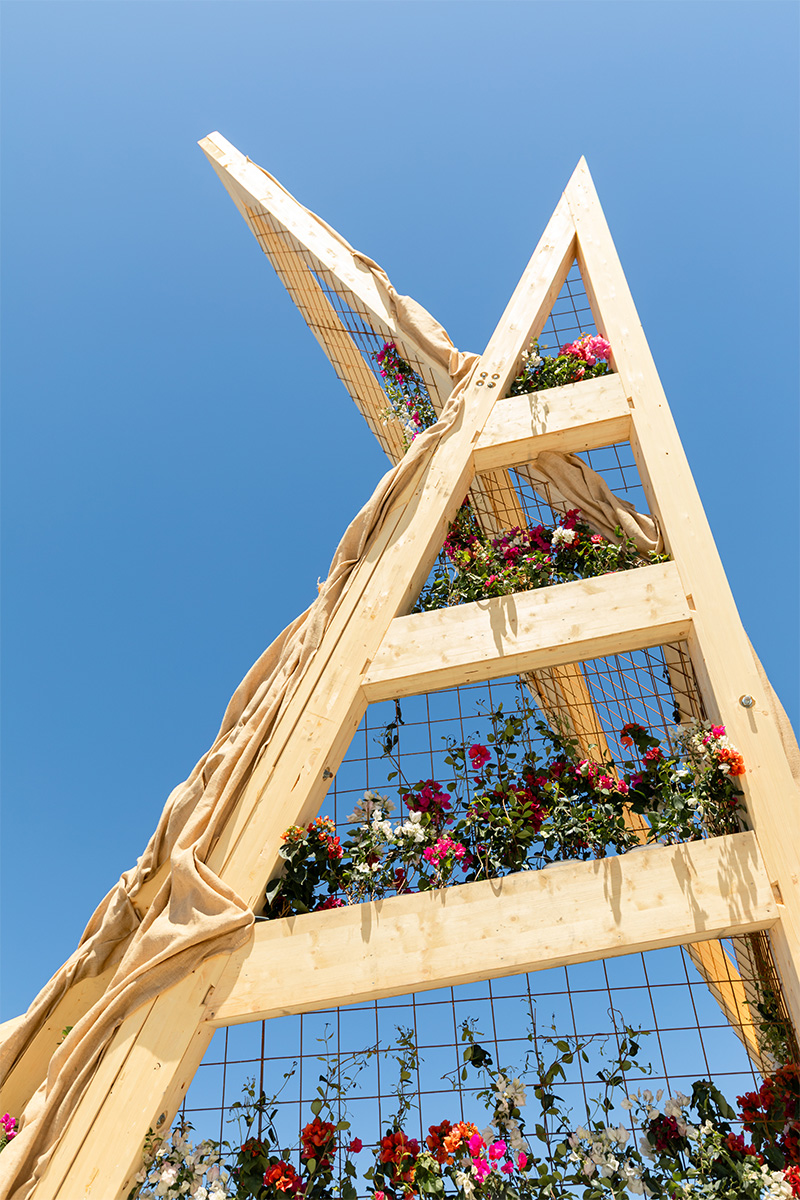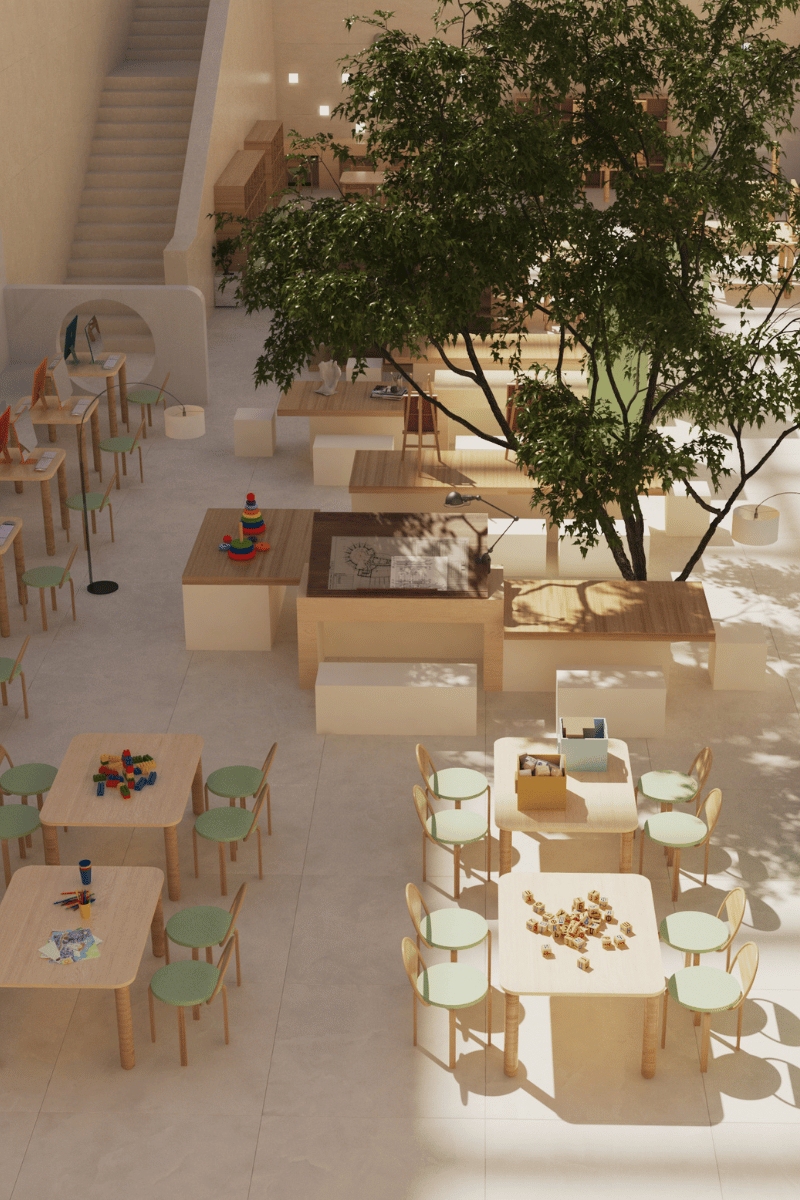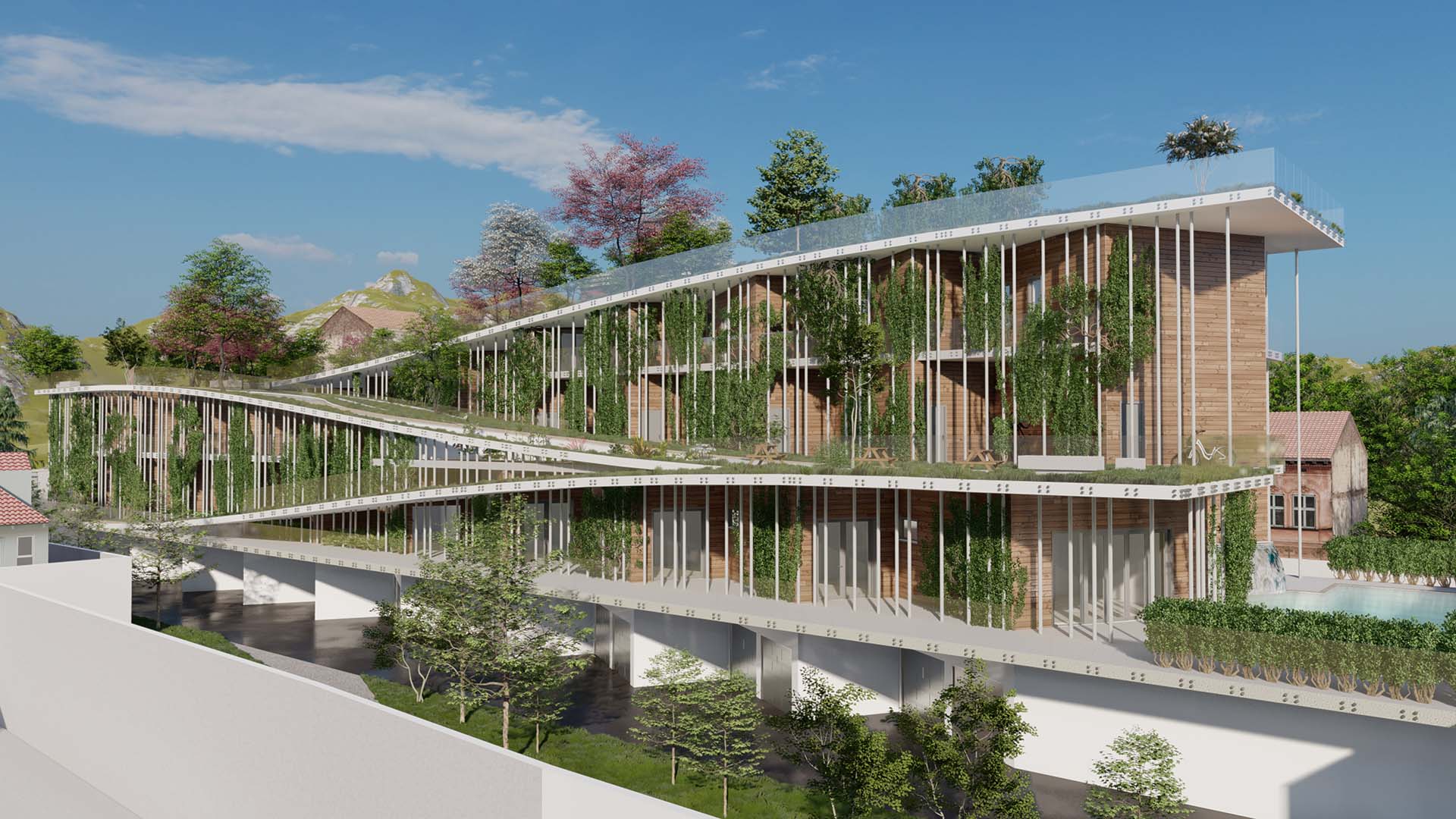Sustainable architecture and urban regeneration
We dream of regenerating
the future, For all.
Urges, an acronym for Urban Regeneration and Green Economy Services, is much more than a sustainable architecture firm. We are a large and structured team of professionals who dream of a future in which urban spaces, buildings, and homes are the protagonists of a harmonious fusion between architecture, nature, and eco-compatibility.
As experts in sustainable architecture, we are committed to offering innovative and integral solutions that promote environmentally friendly urban development. We use technology, imagination, and rigor to shape a better world.
We aim to become a point of reference for excellence in the design of eco-sustainable homes and buildings, thanks also to our advanced solutions for urban regeneration and the green economy.
Urges’ primary objective is to develop a truly sustainable built environment, believing that the universal language of architecture can be a vehicle for widespread change. Each project is conceived as a tool to shape reality and build a sustainable future.
We want to actively contribute to people’s well-being, support local communities, and respect the environment by applying the best practices and the most advanced technologies in the sector.
Urges
SUSTAINABLE ARCHITECTURE,
URBAN REGENERATION AND GREEN SERVICES
Urges (Urban Regeneration and Green Economy Services) is more than just a sustainable architecture studio: it is an architecture
and engineering firm that unites a team of highly qualified and specialized multidisciplinary skills, capable of overseeing all stages of project development: from analysis and conception to planning and implementation, adhering to eco-sustainable building criteria.. Personally supporting clients and customers also in the aspects concerning the current regulations and safety standards.

sustainable architecture
How we blend the principles of architecture and sustainability to design environmentally friendly residential, corporate, and public spaces.
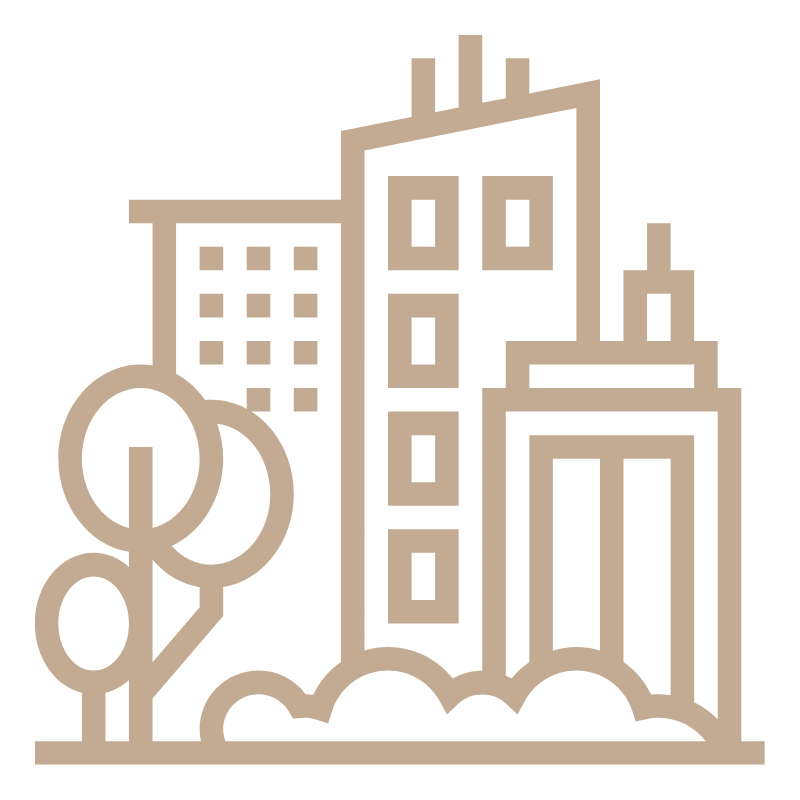
Urban Regeneration
What it is, the principles it is inspired by, and how we translate this vision into a series of virtuous practices to reconnect humans with nature even within cities.

Green Economy
How it can be effectively and advantageously applied to the construction industry, and how we integrate it into our projects.
Sectors
Sustainable and advanced design for the public and private sectors
Urges excels in conceiving and executing sustainable architecture projects across various sectors, be it public or private: from individual residences or buildings to complex urban developments.
We have served as the singular, highly qualified point of reference in numerous high-profile projects within several major sectors, earning significant recognition.
Services
a broad array of “green” services to address every building issue
Delivering sustainable architecture entails providing cohesive services capable of resolving sector-specific challenges.
RECENT PROJECTS
PUBLIC SPACES
NEW SQUARE IN CONEGLIANO
Events and Trade Fairs
FLOATING ISLANDS
Events and Trade Fairs
MIRADOR
BLOG
No Results Found
The page you requested could not be found. Try refining your search, or use the navigation above to locate the post.
